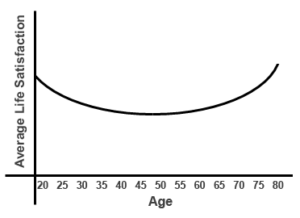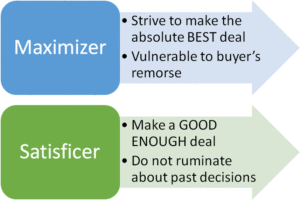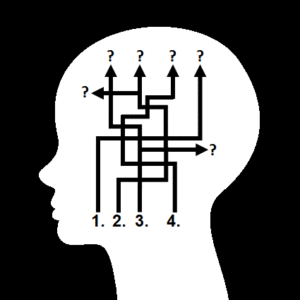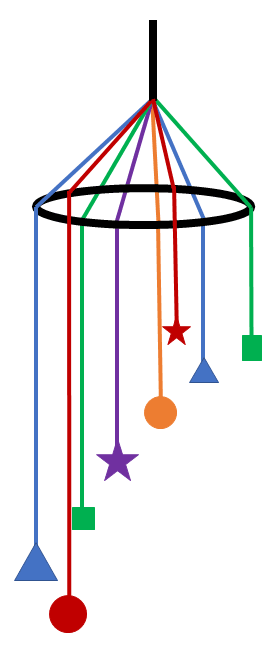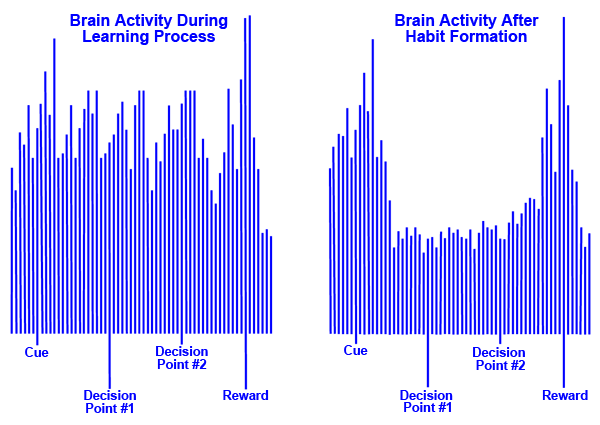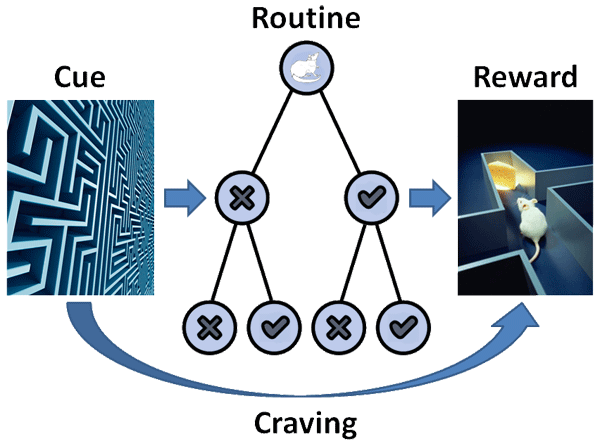Starting in 2013, Professor Jonathan Haidt and co-author Greg Lukianoff took note of disturbing trends among college students. They witnessed tendencies to exaggerate danger, use binary thinking (e.g., right vs. wrong, us vs. them), and amplify emotional responses. These cognitive patterns manifested in:
- A rise in political polarization and cross-party animosity, leading students to retreat into self-confirming bubbles
- Elevated anxiety and depression while fixating on negative feedback, catastrophizing, and experiencing a sense of threat to their well-being
- A belief that challenge of any nature inculcates weakness, not strength
- Loss of risk taking in which there is a possibility of failure
- Excessive parental supervision alongside a growth in campus bureaucracy
These patterns create an environment that Haidt and Lukianoff believe render young adults less able to deal with the world that they’ll enter upon graduation. They present their analysis and remedies in The Coddling of the American Mind: How Good Intentions and Bad Ideas are Setting Up a Generation for Failure. They take aim three great untruths with which this generation has been raised.
Untruth #1: What doesn’t kill you makes you weaker. This distortion imparts a sense of fragility to its adherents. They fail to view challenges as a means to gain strength, competency, and confidence. In the extreme, they consider ideas that do not align with their worldview threatening and render them easily hurt. When this dynamic overtakes a university setting, the authors argue that it fails to teach students the essential skills of critical thinking and civil disagreement.
This untruth flies in the face of human biology. We build strength by challenging our skeletomuscular frame to lift increasingly heavy loads. Our immune systems elevate their ability to stave off disease by responding to viral loads and developing antibodies to address them. We expand our neural networks by learning new things that stretch our capacity to think critically. And we develop emotional intelligence by exercising mastery over our emotions, believing ourselves capable of meeting challenges, and managing relationships effectively. In short, when we shrink from trials and tribulations, we atrophy… and that’s not healthy.
Untruth #2: Always trust your feelings. This belief deems feelings reliable barometers of truth. While compelling, thoughts and feelings can distort reality when deprived of reliable evidence. Common distortions include mind reading, fortune telling, catastrophizing, labeling (prejudging), discounting positives and overemphasizing negatives, overgeneralizing, dichotomous thinking, personalizing, blaming, comparing unfairly, should-ing, etc.
Ancient wisdom tells us that nothing brings misery unless you think it; nothing brings happiness unless you are content with it. Cognitive Behavioral Therapy (CBT) leverages this tradition by helping patients break the disempowering feedback loop between negative beliefs and negative emotions. It teaches folks to examine their beliefs and focus on contra evidence. It distinguishes between intent and impact, and promotes polite and respectful interactions.
Untruth #3: Life is a battle between good people and evil people. This tenet establishes “us” and “them,” and invites us to ignore, disrespect, and/or dehumanize “them.” It preys upon an innate wiring for tribalism that “binds and blinds.” It draws upon a deep well of fear and protectionism that leads us to believe that our very survival is at stake. It invites us to display some of our worst behaviors and feel righteous about doing them.
This untruth plays out in sharp relief in our daily headlines; it is tearing us apart as a nation. We need to recognize the underpinnings of these sensibilities and the forces that enflame them. We need to resist their influence. The remedy is simple: Lift up our common humanity and shared interests. Engage in civil dialog with an open mind. Learn to be tolerant of different worldviews and find ways to coexist peaceably.
I will leave it to interested readers to explore the full exposé and note the extent to which the collegiate experience resonates with society at large. At the end of the day, I found Haidt and Lukianoff’s core thesis compelling:
“Whatever your identity, background, or political ideology, you will be happier, healthier, stronger, and more likely to succeed in pursuing your goals if you… seek out challenges, free yourself from cognitive distortions, and take a generous view of other people.”


